the Power of Swift Programming Language
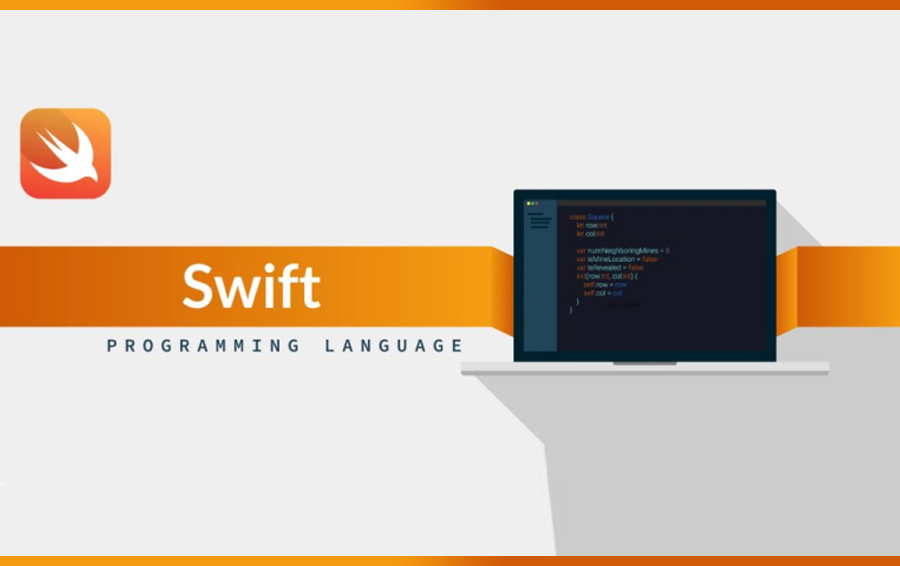
the Power of Swift Programming Language
Introduction
In the dynamic landscape of programming languages, Swift has emerged as a powerhouse, revolutionizing the way developers craft applications. In this article, we delve into the multifaceted applications of Swift, exploring its versatility and impact across various domains.
Genesis of Swift: A Visionary Initiative
The inception of Swift dates back to 2010 when Apple embarked on a mission to create a programming language that would be more intuitive, powerful, and developer-friendly than its predecessor, Objective-C. The goal was clear: to empower developers to build robust and scalable applications seamlessly.
Swift 1.0: Pioneering the Paradigm Shift
In June 2014, Apple introduced Swift 1.0, marking a pivotal moment in the world of programming. The language was designed to be concise, expressive, and error-resistant, enabling developers to write safer and more reliable code. This initial release set the stage for Swift's meteoric rise in the developer community.
Open Source Revolution: Swift Goes Public
Recognizing the potential for collaboration and growth, Apple open-sourced Swift in December 2015. This move fostered a vibrant community of developers contributing to the language's enhancement and broadened its applications beyond the Apple ecosystem. The open-source model became a cornerstone of Swift's success.
Swift 3.0: Streamlining Syntax and Compatibility
Swift 3.0, released in September 2016, focused on refining the language's syntax and enhancing compatibility. This version introduced Swift Package Manager, simplifying the process of managing dependencies and making it a more versatile choice for developers across diverse projects.
The Rise of Swift in Mobile Development
Swift quickly became the language of choice for iOS app development, surpassing Objective-C in popularity. Its modern features, performance improvements, and safety mechanisms propelled it to the forefront of mobile app development, solidifying its status as an industry standard.
Swift 4.0 and Beyond: Unleashing Advanced Features
Subsequent releases, including Swift 4.0 and beyond, brought forth a myriad of advanced features. Codable, a powerful protocol for encoding and decoding data, and improvements in string handling were among the highlights, further elevating Swift's appeal for developers tackling complex projects.
Unleashing the Power of Swift Programming Language
Introduction
In the dynamic landscape of programming languages, Swift has emerged as a powerhouse, revolutionizing the way developers craft applications. In this article, we delve into the multifaceted applications of Swift, exploring its versatility and impact across various domains.
Swift in App Development
Crafting Seamless User Experiences
Swift has become the linchpin in iOS app development, renowned for its efficiency and speed. Its syntax, designed to be expressive and clear, facilitates the creation of applications that not only function flawlessly but also provide users with an unparalleled experience. The language's seamless interoperability with Objective-C allows developers to leverage existing codebases, streamlining the development process.
Performance Optimization
One of the key reasons behind Swift's meteoric rise is its emphasis on performance. The language is compiled directly into machine code, resulting in faster execution and reduced app load times. This optimization not only enhances user satisfaction but also contributes significantly to the overall success of an application.
Swift in Server-Side Development
Beyond Mobile: Server-Side Brilliance
Contrary to popular belief, Swift is not confined to mobile app development. Its prowess extends to server-side programming, where its safety features and speed bolster the development of robust and scalable backend systems. Leveraging Swift on the server allows for a unified codebase, promoting efficiency and minimizing potential errors.
Safety First
Swift's commitment to safety is a game-changer in server-side development. With features like optionals and type inference, developers can build secure and reliable systems, mitigating the risk of runtime errors. This commitment to safety is a compelling reason for businesses to adopt Swift for their server-side endeavors.
Swift in Machine Learning
Empowering AI Innovations
In the realm of machine learning, Swift is carving its niche. The language's versatility and ease of use make it an ideal choice for developing and implementing machine learning algorithms. Swift for TensorFlow, an open-source project, further solidifies its standing in the machine learning community, providing developers with a powerful toolkit.
Bridging the Gap
Swift's interoperability extends to the field of machine learning, allowing developers to seamlessly integrate Swift code with existing libraries and frameworks. This bridging capability fosters collaboration, enabling data scientists and app developers to work cohesively on machine learning projects.
Swift in Open Source Community
Collaboration and Innovation
Swift's transition to an open-source language in 2015 marked a pivotal moment in its evolution. The thriving Swift community actively contributes to the language's growth, constantly enhancing its features and expanding its capabilities. The collaborative nature of the Swift community ensures that developers have access to a vast pool of resources and expertise.
Continuous Evolution
Swift's commitment to innovation is evident in its regular updates and enhancements. The language evolves to meet the demands of an ever-changing technological landscape, ensuring that developers can leverage cutting-edge features and tools to stay ahead in the competitive world of programming.




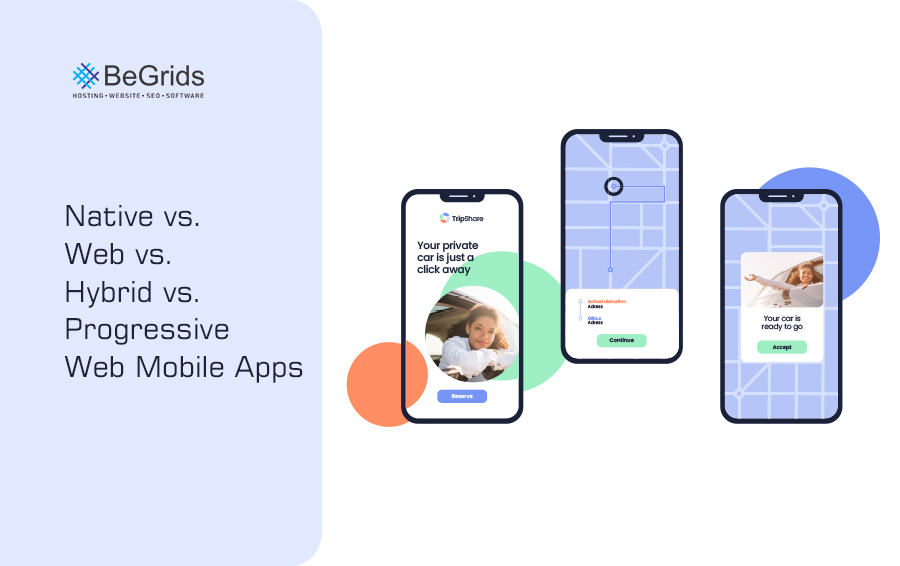
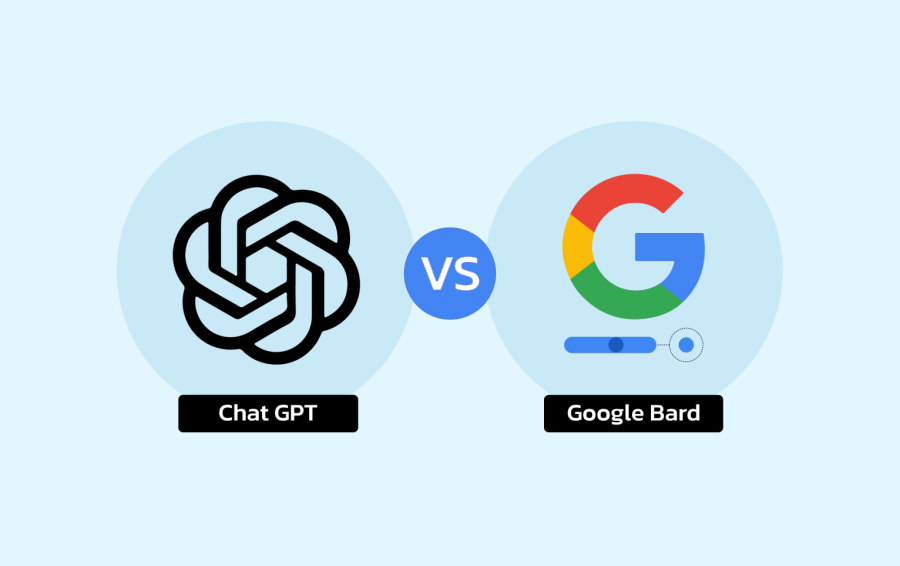

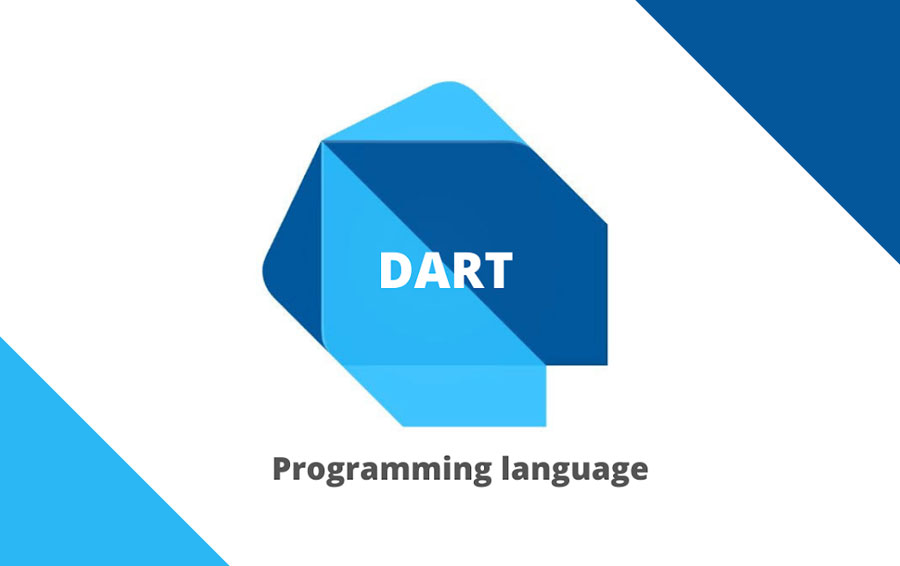
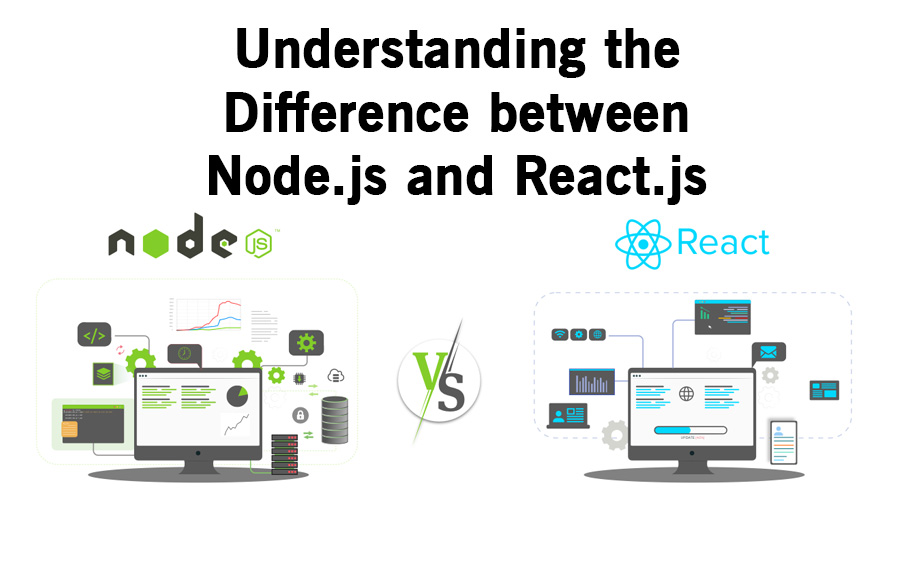









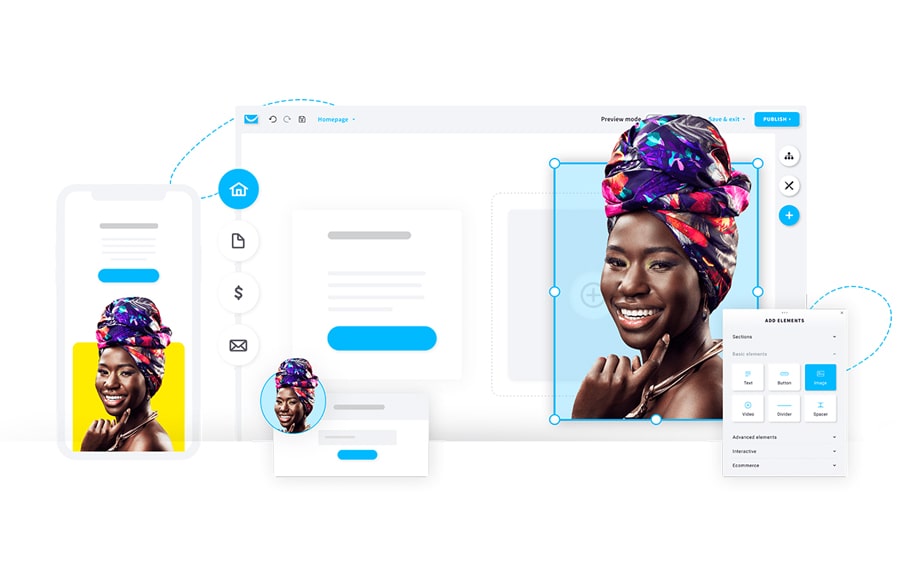












Comments
No Comments To Display
Leave a Comment